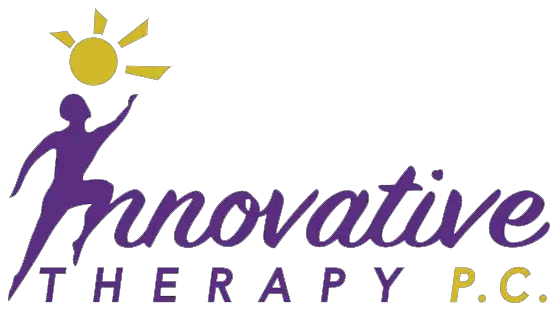Vagus nerve stimulation

Vagus Nerve Stimulation Essentials
The parasympathetic nervous system (PNS) is a crucial component of our body’s autonomic nervous system. This system, which operates involuntarily, consists of nerves and ganglia outside the brain and spinal cord. The PNS primarily functions to maintain a “rest and digest” state, slowing the heart rate, increasing intestinal and glandular activity, and relaxing the sphincter muscles. Along with the sympathetic nervous system, the PNS regulates essential bodily functions, promoting relaxation and aiding digestion. When the parasympathetic system is dominant, it decreases the heart rate and enhances digestive activities, serving as the body’s natural “brakes.”
Vagal tone, especially high-frequency (HF) vagal tone, is a primary indicator of vagus nerve activity and overall health. The vagus nerve, the 10th cranial nerve, plays a significant role in this system, initiating about 80% of the body’s relaxation responses. When the sympathetic nervous system is in overdrive—triggering the “fight, flight, or freeze” response—the hypothalamic-pituitary-adrenal (HPA) axis releases stress hormones like cortisol and adrenaline. The vagus nerve stimulation counters this response by signaling the body to relax and “Chill Out!” Individuals with a stronger vagal tone can rest, recover, and restore their bodies more efficiently.
Known as the “wandering nerve,” the vagus nerve is the longest nerve in the body, extending through the front of the body and connecting to vital organs. It controls a significant portion of our parasympathetic response, acting as a moderator for the autonomic nervous system by normalizing an overactive HPA axis and reducing harmful stress hormones like cortisol and inflammation.
Low vagal tone or decreased vagal activity is associated with increased vulnerability to stress and poor health outcomes. Low vagal tone often suggests a predominance of the sympathetic system, potentially indicating prolonged stress or physical activity. An inverse relationship exists between high-frequency parasympathetic health and sympathetic stress, making vagus nerve stimulation therapy crucial for maintaining balance.
Health Benefits of Enhanced Vagal Tone:
- Decreasing Inflammation: The vagus nerve sends anti-inflammatory signals throughout the body, reducing inflammation.
- Reduced Muscle Tone: Activating vagal tone can decrease muscle tension and reduce tenderness at trigger points.
- Improved Circulation and Lymph Flow: The vagus nerve transmits information from the gut to the brain, which helps manage stress, anxiety, and fear, often referred to as the “gut feeling.”
- Reduced Pain: Lowering stress levels through vagal stimulation naturally reduces pain.
Non-Invasive Vagus Nerve Stimulation
The concept of non-invasive vagus nerve stimulation (VNS), particularly stimulating the auricular branch of the vagus nerve (ABVN), is gaining recognition. Research indicates that VNS can improve heart rate variability (HRV), activate the parasympathetic system, reduce inflammation, improve respiratory function, and decrease pro-inflammatory cytokines.
Dolphin Vagus Nerve Stimulation: Activating Vagal Tone
Dolphin Vagus Nerve Stimulation (VNS) has been scientifically proven to activate the parasympathetic system, reducing lung inflammation and pro-inflammatory cytokines, and improving respiratory function. This non-invasive VNS device offers a unique and effective method to enhance vagal tone and overall health.
Dolphin VNS Clinical Applications:
- Pre-Manual Relaxation: Dolphin VNS can be used before manual therapy to relax muscle tone and increase circulation.
- Pain Therapy: In clinical settings, Dolphin VNS can effectively reduce stress and pain, typically within a 15-minute session per patient.
- Stress De-Activation: For frontline workers, Dolphin VNS can be applied preventatively to reduce stress and enhance immunity.
Dolphin VNS is a safe clinical procedure and an effective treatment option for stress reduction and enhancing vagal tone.
By understanding the importance of the vagus nerve and utilizing vagus nerve stimulation devices, individuals can better manage stress, reduce inflammation, and improve overall health through enhanced vagal tone.
